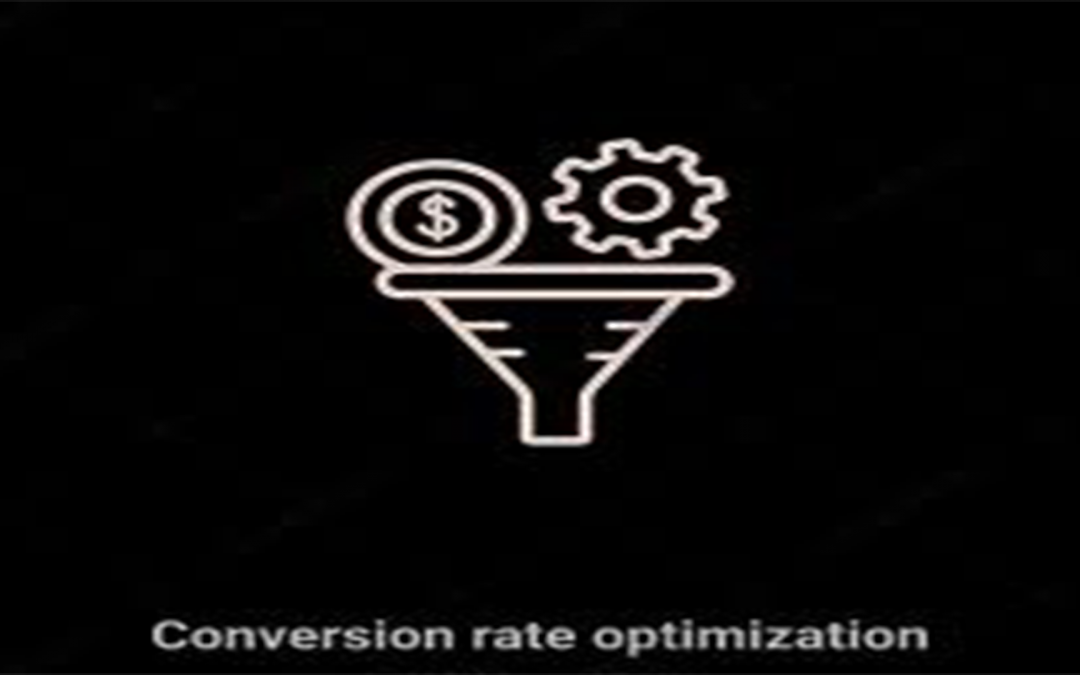
Search Engine Optimization
What is SEO?
SEO stands for “search engine optimization.” In simple terms, it means the process of improving your site to increase its visibility for relevant searches. The better visibility your pages have in search results, the more likely you are to garner attention and attract prospective and existing customers to your business.
How does SEO work?
Search engines such as Google and Bing use bots to crawl pages on the web, going from site to site, collecting information about those pages and putting them in an index. Next, algorithms analyze pages in the index, taking into account hundreds of ranking factors or signals, to determine the order pages should appear in the search results for a given query.
Search ranking factors can be considered proxies for aspects of the user experience. Our Periodic Table of SEO Factors organizes the factors into six main categories and weights each based on its overall importance to SEO. For example, content quality and keyword research are key factors of content optimization, and crawlability and mobile-friendliness are important site architecture factors.
The search algorithms are designed to surface relevant, authoritative pages and provide users with an efficient search experience. Optimizing your site and content with these factors in mind can help your pages rank higher in the search results.
Unlike paid search ads, you can’t pay search engines to get higher organic search rankings.
Why is SEO important for marketing?
SEO is a fundamental part of digital marketing because people conduct trillions of searches every year, often with commercial intent to find information about products and services. Search is often the primary source of digital traffic for brands and complements other marketing channels. Greater visibility and ranking higher in search results than your competition can have a material impact on your bottom line.
However, the search results have been evolving over the past few years to give users more direct answers and information that is more likely to keep users on the results page instead of driving them to other websites.
Also note, features like rich results and Knowledge Panels in the search results can increase visibility and provide users more information about your company directly in the results.
On-Page Optimization for SEO:
Let’s look at a few critical, basic on-page elements you’ll want to understand as you think about how to drive search engine traffic to your website:
- Title Tags
While Google is working to better understand the actual meaning of a page and de-emphasizing (and even punishing) aggressive and manipulative use of keywords, including the term (and related terms) that you want to rank for in your pages is still valuable. And the single most impactful place you can put your keyword is your page’s title tag.
The title tag is not your page’s primary headline. The headline you see on the page is typically an H1 (or possibly an H2) HTML element. The title tag is what you can see at the very top of your browser, and is populated by your page’s source code in a meta tag
The length of a title tag that Google will show will vary (it’s based on pixels, not character counts) but in general 55-60 characters is a good rule of thumb here. If possible you want to work in your core keyword, and if you can do it in a natural and compelling way, add some related modifiers around that term as well. Keep in mind though: the title tag will frequently be what a searcher sees in search results for your page. It’s the “headline” in organic search results, so you also want to take how clickable your title tag is into account.
- Meta Descriptions
While the title tag is effectively your search listing’s headline, the meta description (another meta HTML element that can be updated in your site’s code, but isn’t seen on your actual page) is effectively your site’s additional ad copy. Google takes some liberties with what they display in search results, so your meta description may not always show, but if you have a compelling description of your page that would make folks searching likely to click, you can greatly increase traffic.
- Body Content
The actual content of your page itself is, of course, very important. Different types of pages will have different “jobs” – your cornerstone content asset that you want lots of folks to link to needs to be very different than your support content that you want to make sure your users find and get an answer from quickly. That said, Google has been increasingly favoring certain types of content, and as you build out any of the pages on your site
- Alt Attributes
How you mark up your images can impact not only the way that search engines perceive your page, but also how much search traffic from image search your site generates. An alt attribute is an HTML element that allows you to provide alternative information for an image if a user can’t view it. Your images may break over time (files get deleted, users have difficulty connecting to your site, etc.) so having a useful description of the image can be helpful from an overall usability perspective. This also gives you another opportunity – outside of your content – to help search engines understand what your page is about.
You don’t want to “keyword stuff” and cram your core keyword and every possible variation of it into your alt attribute. In fact, if it doesn’t fit naturally into the description, don’t include your target keyword here at all. Just be sure not to skip the alt attribute, and try to give a thorough, accurate description of the image (imagine you’re describing it to someone who can’t see it – that’s what it’s there for!).
By writing naturally about your topic, you’re avoiding “over-optimization” filters (in other words: it doesn’t make it look like you’re trying to trick Google into ranking your page for your target keyword) and you give yourself a better chance to rank for valuable modified “long tail” variations of your core topic.
- URL Structure
Your site’s URL structure can be important both from a tracking perspective (you can more easily segment data in reports using a segmented, logical URL structure), and a shareability standpoint (shorter, descriptive URLs are easier to copy and paste and tend to get mistakenly cut off less frequently). Again: don’t work to cram in as many keywords as possible; create a short, descriptive URL.
Moreover: if you don’t have to, don’t change your URLs. Even if your URLs aren’t “pretty,” if you don’t feel as though they’re negatively impacting users and your business in general, don’t change them to be more keyword focused for “better SEO.” If you do have to change your URL structure, make sure to use the proper (301 permanent) type of redirect. This is a common mistake businesses make when they redesign their websites.
- Schema & Markup
Finally, once you have all of the standard on-page elements taken care of, you can consider going a step further and better helping Google (and other search engines, which also recognize schema) to understand your page.
Schema markup does not make your page show up higher in search results (it’s not a ranking factor, currently). It does give your listing some additional “real estate” in the search results, the way ad extensions do for your AdWords ads.
In some search results, if no one else is using schema, you can get a nice advantage in click-through rate by virtue of the fact that your site is showing things like ratings while others don’t. In other search results, where everyone is using schema, having reviews may be “table stakes” and you might be hurting your CTR by omitting them




0 Comments